This article was co-authored by Robert Dhir, MD and by wikiHow staff writer, Janice Tieperman. Dr. Robert Dhir is a board certified Urologist, Urological Surgeon, and the Founder of HTX Urology in Houston, Texas. With over 10 years of experience, Dr. Dhir’s expertise includes minimally-invasive treatments for enlarged prostate (UroLift), kidney stone disease, surgical management of urological cancers, and men’s health (erectile dysfunction, low testosterone, and infertility). His practice has been named a Center of Excellence for the UroLift procedure, and is a pioneer in non-surgical procedures for ED using his patented Wave Therapy. He earned his undergraduate and medical degrees from Georgetown University and was awarded honors in pre-medical studies, urology, orthopedics, and ophthalmology. Dr. Dhir served as chief resident during his urological surgical residency at University of Texas at Houston / MD Anderson Cancer Center in addition to completing his internship in general surgery. Dr. Dhir was voted Top Doctor in Urology for 2018 to 2019, one of the top three Best Rated Urologists in 2019 & 2020 for Houston Texas, and Texas Monthly has named him to the 2019 & 2020 Texas Super Doctors Rising Stars list.
There are 14 references cited in this article, which can be found at the bottom of the page.
wikiHow marks an article as reader-approved once it receives enough positive feedback. In this case, several readers have written to tell us that this article was helpful to them, earning it our reader-approved status.
This article has been viewed 107,893 times.
Urinary Tract Infections, or UTIs, are a common but frustrating condition that countless people have to deal with. UTIs usually aren’t very serious, but it helps to identify and treat these infections as soon as possible so you can go back to feeling your best. You can usually identify a UTI based on a few common symptoms, but you can also use an at-home test kit if you want more definitive results. If you believe you have a UTI, schedule an appointment with your doctor so you can properly treat and recover from the infection.
Steps
Recognizing the Basic Symptoms
-
1Check if you’re using the restroom frequently. A really common symptom of a UTI is having to use the bathroom often.[1] Think about how many times you visit the restroom on a normal day, and compare it to how you’re currently feeling. If you need to urinate a lot, there’s a chance that you may have a UTI.[2]
- For instance, you may go to the bathroom 3-4 times on a usual day. If you’re going to the bathroom 10 times, that may be a sign that you have a UTI.
-
2See if you’re only urinating a small amount. If you’re going to the bathroom but not peeing much, you may have a UTI. You don’t have to collect or measure your urine when you go—just compare each trip with your average restroom visit. This can give you a better idea of whether or not you have a UTI.[3]
- For example, if you’re only urinating a few drops, you may have a UTI.
Advertisement -
3Watch for a burning feeling when you use the restroom. Pay attention to how you feel when you use the restroom. Unfortunately, UTIs can make urinating feel really uncomfortable, and you may notice a burning or painful sensation as you go to the bathroom.[4] If you notice this symptom, there’s a good chance that you may have a UTI.[5]
-
4Examine your urine to see if it’s cloudy or discolored. Look in the toilet bowl and see if your urine looks any different than it usually does. Be on the lookout for signs of cloudy urine, along with red-colored pee, as these are both signs of a UTI.[6]
- Urine produced during a UTI tends to smell especially bad.
-
5Identify pelvic pain as a common sign of a UTI in women. Track any strange pain that you’re feeling, like discomfort around the center of your hips and along the pubic bone. If you’re experiencing a lot of discomfort here, you may have a UTI.[7]
-
6Search for pain near your ribs. Feel around your ribs to see if anything feels tender or sore. Think about the days leading up to this symptom, and try to remember if some minor injury can explain the pain. If you can’t think of any reasonable explanation, then your rib and back pain may be a sign of a UTI.[8] [9]
-
7Look for a feeling of pressure below your stomach. UTIs can create a lot of uncomfortable sensations in your body, like pressure near your lower abdomen. Take note of when these symptoms occur, and if the sensation is pretty persistent. If there are no other underlying causes, your stomach pain may be a sign of a UTI.[10]
- For instance, if you’re on your period, you may be able to connect the discomfort to cramps.
-
8Check yourself for signs of chills or a fever. Monitor your temperature to see if it’s higher than usual. Additionally, see if you have chills, which is another severe symptom of a UTI. If you have either of these symptoms, talk to a doctor for further advice.[11]
- These symptoms may be more common in elderly people or people with neurodegenerative disorders.[12]
Checking with Test Strips
-
1Grab a UTI test to get conclusive results. Visit your local pharmacy and pick up an at-home UTI test kit, which can give you more conclusive results than just monitoring your symptoms. Remove a single dipstick from the packaging, which you’ll use to test your urine.[13]
- Similar to other urine tests, a UTI test uses color-based results to let you know if you have an infection or not.
- At-home UTI tests typically check your urine for nitrites and/or leukocytes, which are found within infected urine.
-
2Place the dipstick in your urine stream. Go to the restroom as you normally do. While you’re peeing, carefully stick 1 end of the dipstick beneath your urine. Leave it there for a few seconds so the test stick can soak up enough urine.[14]
- Double-check the testing instructions for more specific guidance on how to use your exact kit.
-
3Compare the dipstick to the provided color chart. Within 1-2 minutes, place your test strip next to the provided results chart, which should come with your test kit. Examine the colors to see if your urine contains leukocytes and nitrites—if it contains a significant amount of either substance, there’s a very good chance that you may have a UTI.[15]
- Most test kits are time-sensitive and need to be checked immediately.
Comparing Types of UTIs
-
1Identify a bladder infection through pain in your lower abdomen. Bladder infections are a really common type of UTI and can be identified with a lot of different symptoms. Cloudy, foul-smelling urine is a telltale sign, along with abdominal pain and a burning feeling when you use the restroom. When you have a bladder infection, or cystitis, you’re not going to be feeling your best.[16]
- If a young kid has a bladder infection, they may come down with a fever.
-
2Look for discharge and a burning sensation in cases of urethritis. A UTI based lower in your urinary tract, also known as urethritis, doesn’t come with quite so many symptoms. Be on the lookout for an uncomfortable burning sensation when you pee, along with any unfamiliar discharge.[17]
-
3Recognize severe symptoms as a sign of kidney-based UTI. Look for really strong symptoms, like nausea, throwing up, a high fever, chills, and pain along your back and sides. If you’re experiencing these symptoms, there’s a good chance you have acute pyelonephritis, or a UTI that’s based in your kidneys.[18]
-
4Visit a doctor if you think you have a UTI. Schedule an appointment with your local doctor, who can help confirm if you have an infection. Depending on your unique case, your doctor may test your urine or perform other types of tests that help them make an accurate diagnosis. Your doctor will likely prescribe antibiotics or another UTI-specific medication to help you heal.[19]
- For instance, Fosfomycin, Cephalexin, and Trimethoprim/sulfamethoxazole are common medications for UTIs.
Expert Q&A
-
QuestionWill my UTI go away on its own?
 Robert Dhir, MDDr. Robert Dhir is a board certified Urologist, Urological Surgeon, and the Founder of HTX Urology in Houston, Texas. With over 10 years of experience, Dr. Dhir’s expertise includes minimally-invasive treatments for enlarged prostate (UroLift), kidney stone disease, surgical management of urological cancers, and men’s health (erectile dysfunction, low testosterone, and infertility). His practice has been named a Center of Excellence for the UroLift procedure, and is a pioneer in non-surgical procedures for ED using his patented Wave Therapy. He earned his undergraduate and medical degrees from Georgetown University and was awarded honors in pre-medical studies, urology, orthopedics, and ophthalmology. Dr. Dhir served as chief resident during his urological surgical residency at University of Texas at Houston / MD Anderson Cancer Center in addition to completing his internship in general surgery. Dr. Dhir was voted Top Doctor in Urology for 2018 to 2019, one of the top three Best Rated Urologists in 2019 & 2020 for Houston Texas, and Texas Monthly has named him to the 2019 & 2020 Texas Super Doctors Rising Stars list.
Robert Dhir, MDDr. Robert Dhir is a board certified Urologist, Urological Surgeon, and the Founder of HTX Urology in Houston, Texas. With over 10 years of experience, Dr. Dhir’s expertise includes minimally-invasive treatments for enlarged prostate (UroLift), kidney stone disease, surgical management of urological cancers, and men’s health (erectile dysfunction, low testosterone, and infertility). His practice has been named a Center of Excellence for the UroLift procedure, and is a pioneer in non-surgical procedures for ED using his patented Wave Therapy. He earned his undergraduate and medical degrees from Georgetown University and was awarded honors in pre-medical studies, urology, orthopedics, and ophthalmology. Dr. Dhir served as chief resident during his urological surgical residency at University of Texas at Houston / MD Anderson Cancer Center in addition to completing his internship in general surgery. Dr. Dhir was voted Top Doctor in Urology for 2018 to 2019, one of the top three Best Rated Urologists in 2019 & 2020 for Houston Texas, and Texas Monthly has named him to the 2019 & 2020 Texas Super Doctors Rising Stars list.
Board Certified Urologist & Urological Surgeon No, unfortunately. You'll need treatment from your doctor to treat your UTI.
No, unfortunately. You'll need treatment from your doctor to treat your UTI. -
QuestionWill a UTI go away on its own?
 Jurdy Dugdale, RNJurdy Dugdale is a Registered Nurse in Florida. She received her Nursing License from the Florida Board of Nursing in 1989.
Jurdy Dugdale, RNJurdy Dugdale is a Registered Nurse in Florida. She received her Nursing License from the Florida Board of Nursing in 1989.
Medical Review Board A true UTI will not go away on its own, no. See your doctor for a diagnosis and treatment.
A true UTI will not go away on its own, no. See your doctor for a diagnosis and treatment. -
QuestionWhen can I safely have sexual intercourse after taking antibiotics prescribed by a clinic for a UTI (Bactrim 2xs a day for 5 days)?
 Jurdy Dugdale, RNJurdy Dugdale is a Registered Nurse in Florida. She received her Nursing License from the Florida Board of Nursing in 1989.
Jurdy Dugdale, RNJurdy Dugdale is a Registered Nurse in Florida. She received her Nursing License from the Florida Board of Nursing in 1989.
Medical Review Board In order to promote healing, it is best not to have sex until at least 5 days of antibiotics are taken.
In order to promote healing, it is best not to have sex until at least 5 days of antibiotics are taken.
Warnings
- If you use certain types of birth control, like spermicides or a diaphragm, you may have a higher risk for a UTI.⧼thumbs_response⧽
- Avoid douching or using any products in your genital region.[22]⧼thumbs_response⧽
- Women are more likely to get UTIs than men, since their urinary systems are shorter and quicker for bacteria to travel through.[23]⧼thumbs_response⧽
- If you’re in menopause, you may be more likely to get a UTI.[24]⧼thumbs_response⧽
References
- ↑ Robert Dhir, MD. Board Certified Urologist & Urological Surgeon. Expert Interview. 23 September 2020.
- ↑ https://www.cdc.gov/antibiotic-use/uti.html
- ↑ https://www.kidney.org/atoz/content/uti
- ↑ Robert Dhir, MD. Board Certified Urologist & Urological Surgeon. Expert Interview. 23 September 2020.
- ↑ https://medlineplus.gov/urinarytractinfections.html
- ↑ https://medlineplus.gov/urinarytractinfections.html
- ↑ https://www.hopkinsmedicine.org/health/conditions-and-diseases/urinary-tract-infections/is-that-burning-sensation-a-urinary-tract-infection
- ↑ Robert Dhir, MD. Board Certified Urologist & Urological Surgeon. Expert Interview. 23 September 2020.
- ↑ https://www.urologyhealth.org/healthy-living/urologyhealth-extra/magazine-archives/summer-2019/ask-the-experts-how-do-i-know-if-i-have-a-uti
- ↑ https://familydoctor.org/condition/urinary-tract-infections/
- ↑ https://www.kidney.org/atoz/content/uti
- ↑ Robert Dhir, MD. Board Certified Urologist & Urological Surgeon. Expert Interview. 23 September 2020.
- ↑ https://www.uofmhealth.org/health-library/hw227994
- ↑ https://www.uofmhealth.org/health-library/hw227994
- ↑ https://m.youtube.com/watch?v=4kvANnxj2UQ&t=1m14s
- ↑ https://www.nhs.uk/conditions/cystitis/
- ↑ https://medlineplus.gov/ency/article/000439.htm
- ↑ https://www.kidney.org/atoz/content/uti
- ↑ https://my.clevelandclinic.org/health/diseases/9135-urinary-tract-infections
- ↑ https://www.cdc.gov/antibiotic-use/community/for-patients/common-illnesses/uti.html
- ↑ https://www.plannedparenthood.org/learn/ask-experts/is-it-true-that-if-you-dont-pee-after-sex-youll-get-a-uti-and-that-a-uti-can-turn-into-chlamydia
- ↑ https://www.cdc.gov/antibiotic-use/community/for-patients/common-illnesses/uti.html
- ↑ https://familydoctor.org/condition/urinary-tract-infections/
- ↑ https://www.cdc.gov/antibiotic-use/uti.html
About This Article
To know if you've got a UTI, look out for common symptoms such as pain while urinating or feeling like you need to urinate more often than you usually do. After you urinate, pay attention to whether you feel like you need to urinate again even though you don't, since this can be caused by inflammation in the urinary tract. Then, check to see if your urine is bloody or cloudy in color, instead of the normal clear, yellowish color. If the symptoms show you've got a UTI, visit your doctor to get antibiotics. To learn about what factors can increase your chances of getting a UTI, read on!
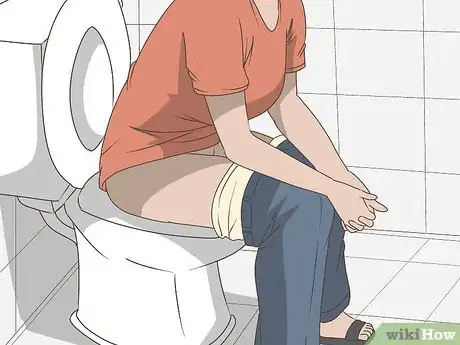


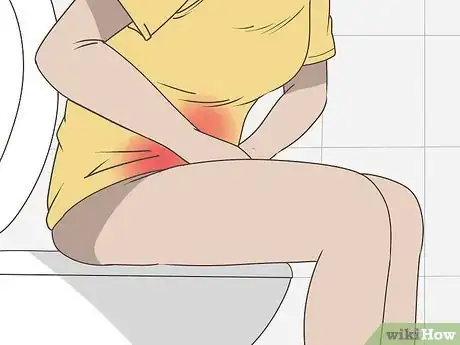
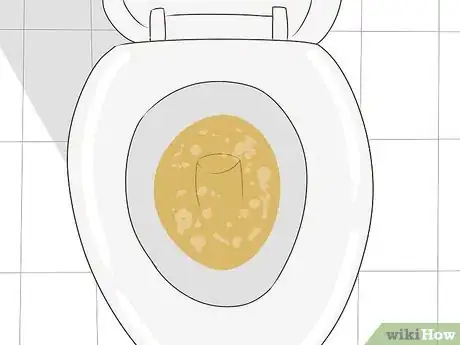
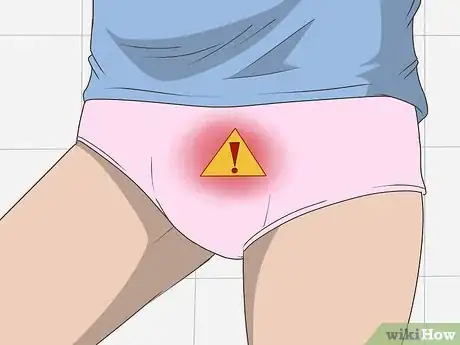

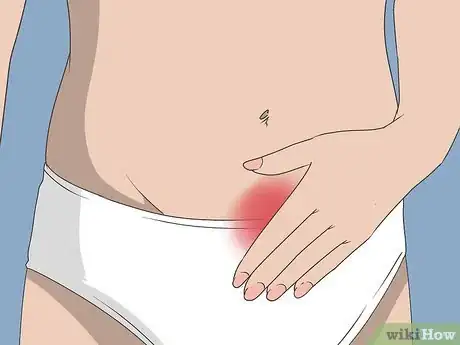

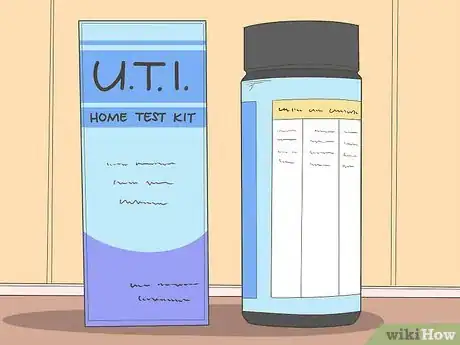
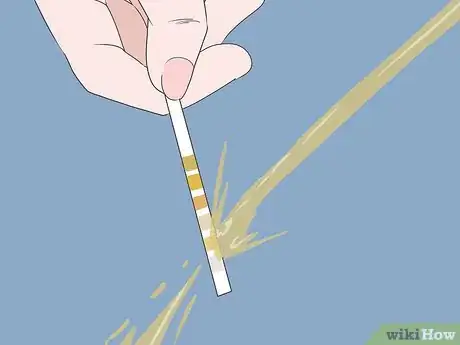
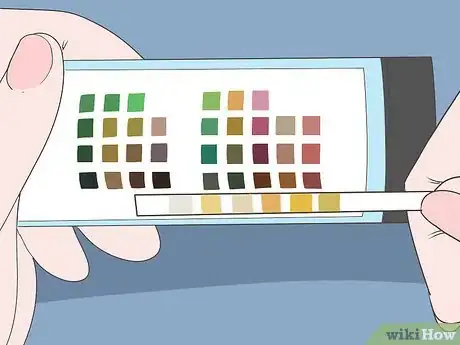

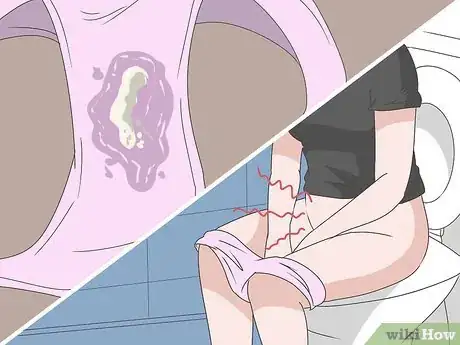




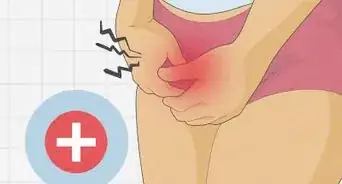





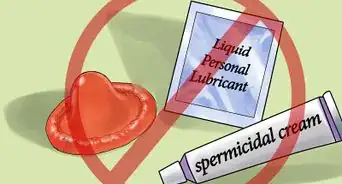

-Step-14.webp)











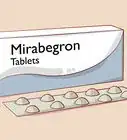
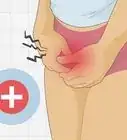




































Medical Disclaimer
The content of this article is not intended to be a substitute for professional medical advice, examination, diagnosis, or treatment. You should always contact your doctor or other qualified healthcare professional before starting, changing, or stopping any kind of health treatment.
Read More...